Biography of Sheikh Imam Nawawi al-Bantani

List of Contents
1 Life story and Family
1.1 Born
1.2 Family History
1.3 Passed away
2 Sanad of Knowledge and Education
2.1 Wandering for Knowledge
2.2 His Masters
2.3 Establishing an Pesantren
UNTUK DAPAT MEMBACA ARTIKEL INI SILAKAN LOGIN TERLEBIH DULU. KLIK LOGIN
Masuk dengan GoogleDan dapatkan fitur-fitur menarik lainnya.
Support kami dengan berbelanja di sini:
.png)

 Rp39.000
Rp39.000
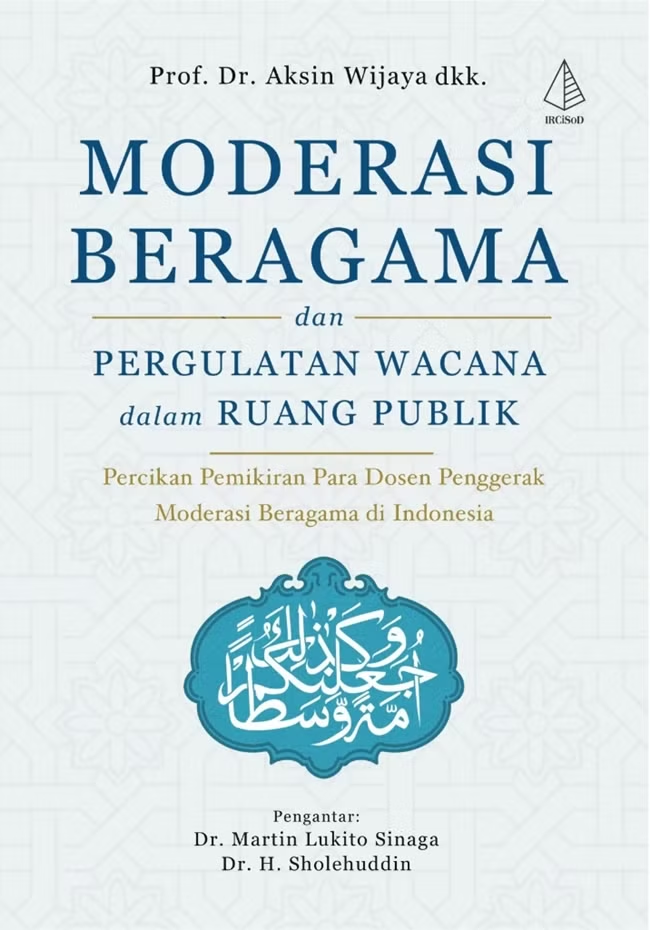 Rp81.000
Rp81.000
 Rp90.500
Rp90.500
![PHILIPS HD3138/33 Rice Cooker Analog [2 L] - Silver - 400 W PHILIPS HD3138/33 Rice Cooker Analog [2 L] - Silver - 400 W](https://www.static-src.com/wcsstore/Indraprastha/images/catalog/full/catalog-image/MTA-112608190/philips_philips_hd3138-33_rice_cooker_analog_-2_l-_-_silver_-_400_w_full01_il37ho9p.jpg) Rp598.000
Rp598.000


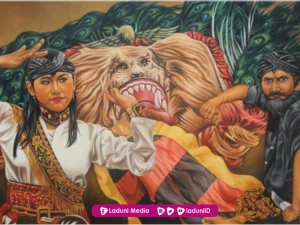
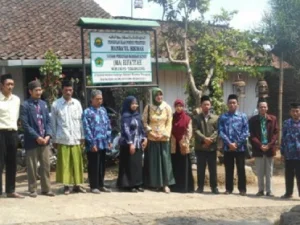
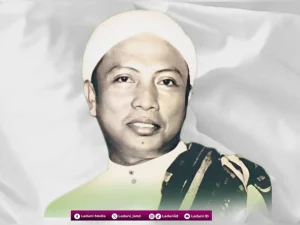
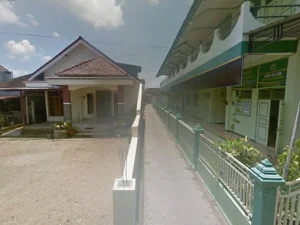
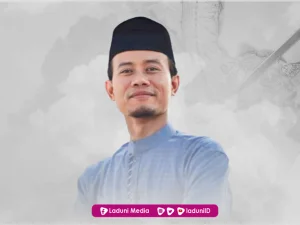
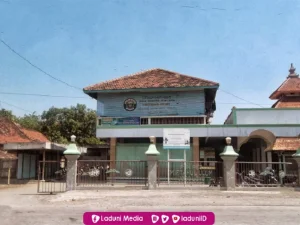

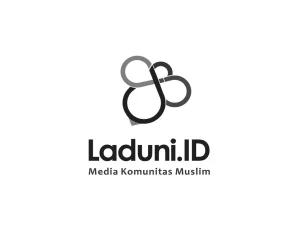
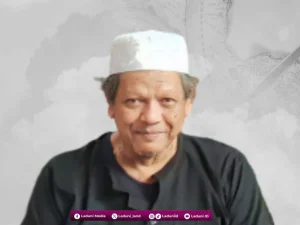

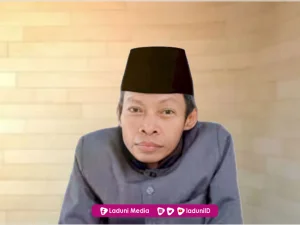
Memuat Komentar ...